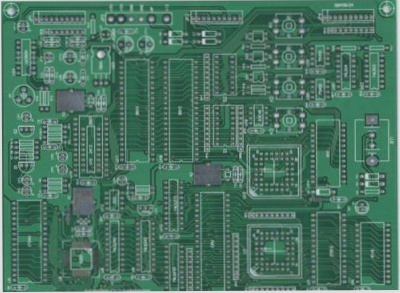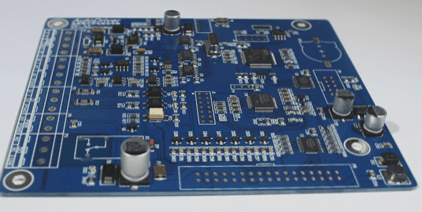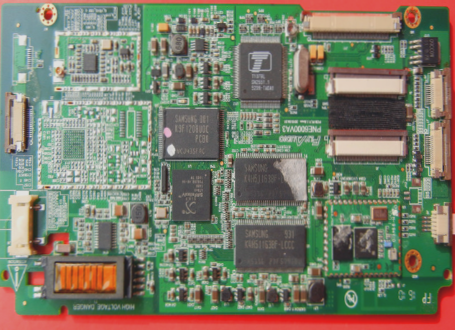The Advancements in Hard and Soft Printed Circuit Boards (PCBs)
1. The production process of hard-bonded plates involves a combination of rigid and flexible areas on a printed board. This includes reinforced layers of flexible plates and rigid-flex combinations of laminated plates, offering versatility in design.
2. The development of hard and soft board combinations has revolutionized the traditional PCB landscape by introducing durable and adaptable solutions. These boards enable three-dimensional assembly across various configurations, with two primary categories: the soft and hard combined board and the soft and hard integrated board.

3. The integration of soft and hard substrates in PCBs minimizes electronic assembly footprint, reduces errors, and allows for lightweight, compact designs. This innovation has found extensive applications in mobile phones, computers, LCD screens, motherboards, and various other electronic devices, including emerging technologies in hard drive systems.
4. The unique material composition and structural application of hard and soft combination plates require specialized manufacturing processes, distinct from those used for traditional rigid plates. Each production step undergoes rigorous testing and adjustment to optimize process parameters, ensuring high-quality output for diverse electronic applications.



